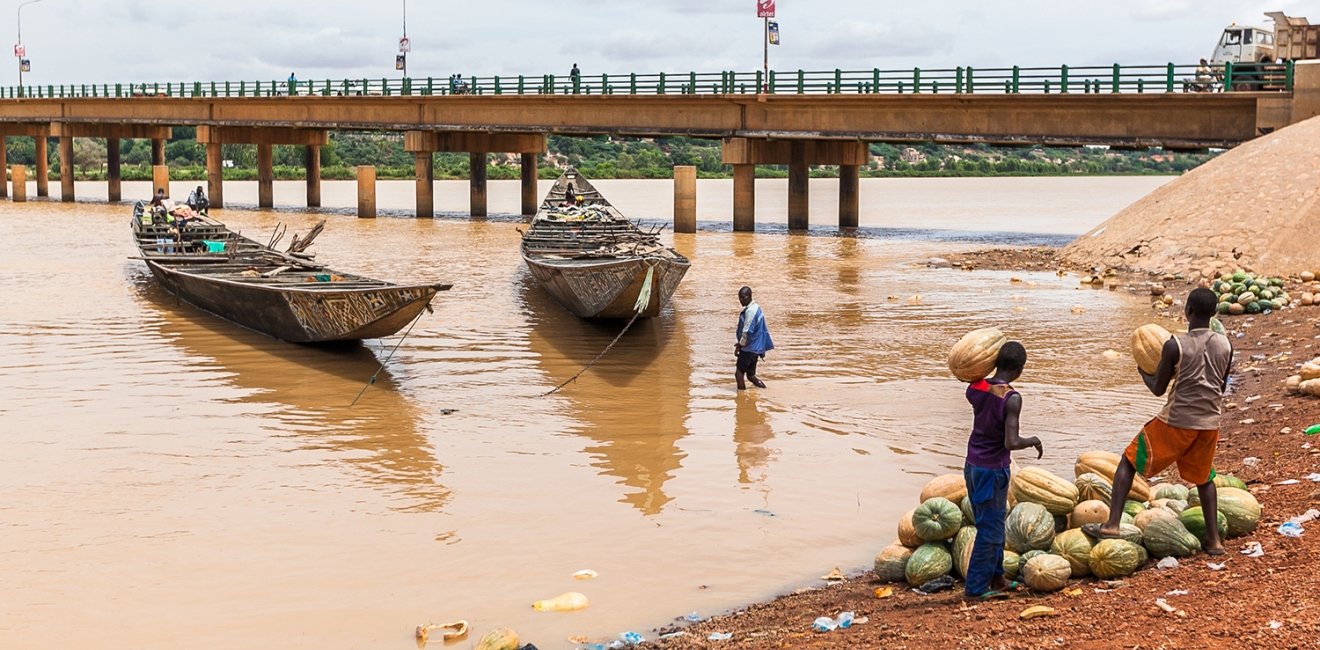
A blog of the Wilson Center
Niger just announced its elimination of river blindness. In 1976, the disease had a prevalence rate in the country of 60%.
What is sometimes lost in today’s noisy arguments over foreign assistance is the longstanding role the private sector has played in making our initiatives affordable and successful. Take, for example, Niger’s recent victory over river blindness.
Understanding Neglected Tropical Diseases
Onchocerciasis, or as it is better known, river blindness, is one of the world’s many neglected tropical diseases (NTDs), a diverse group of endemic illnesses in mostly tropical and equatorial regions that hinder the lives of more than 1 billion people. As I once heard someone put it, NTDs are best described as a set of diseases with unpronounceable names which do horrible things to poor people in far-off lands. River blindness is an especially debilitating NTD—it’s a parasitic disease transmitted to humans through the bite of infected blackflies. The insect injects its host with O. volvulus larvae, which mature under the skin for up to 12 months. The matured worms then produce millions of offspring (microfilariae) that migrate throughout the body’s connective tissues, blood, and eyes. Upon the death of the microfilariae, the victim’s body generates an inflammatory immune response that leads to severe rashes, skin depigmentation, epilepsy, visual impairment, and, yes, blindness. Found mostly in Sub-Saharan Africa, it is the second most common infectious cause of blindness with anywhere from 21 to 37 million people infected worldwide.
Fifty years ago, approximately 500,000 people in Niger were infected or at risk of infection for river blindness—close to 11% of the population. The disease wasn’t merely a health problem for the West African nation; it was an economic and social challenge as well. Productivity suffered because the severe rashes and visual impairment associated with river blindness made it difficult for the afflicted person to work. The significant depigmentation that often comes with river blindness—sometimes referred to as leopard skin—brought stigmatization and social exclusion.
But as with many NTDs, the effects of the disease are even more tragic because the costs of tackling river blindness are modest.
Niger’s Story
In 1976, Niger became one of ten African countries to join the World Health Organization's Onchocerciasis Control Program (OCP), which aimed to prevent the spread of river blindness by destroying blackfly habitats. Under OCP, local officials poured larvicide into the fast moving waters where blackflies often flourished. But it was the discovery of the drug Ivermectin, the result of a research partnership which included New Jersey-based drug maker Merck & Co, that transformed countries’ abilities to fight river blindness. Ivermectin, commercially known as Mectizan, kills the parasite larvae in the human body, thereby reducing the body’s inflammatory response, preventing blindness and skin disease in infected individuals, and halting the transmission of the parasite to others.
Ivermectin is also remarkably cheap to make (only $0.12 per dose), and it’s easy to distribute: it only needs to be administered to affected communities once per year. Under the Mectizan Donation Program (MDP), Merck, WHO, and others worked with local officials to tackle some of Niger’s hardest hit areas. From 2008 to 2019, community-directed distributors administered the drug to thousands of people in Niger free of charge. The Carter Foundation, the Gates Foundation, and a number of NGOs partnered with WHO and USAID to educate and train affected communities. These efforts, and the distribution of free doses of ivermectin, dropped the prevalence of river blindness in Niger from 60% to 0.2%. As a result of ivermectin—together with collaborations like that in Niger—30 additional African countries have drastically reduced onchocerciasis since 2000 (as this interactive map shows).
There is so much to learn from Niger's success. Its story reminds us of the importance and potential of public-private collaborations. It shows that big business can do good even as it does well. Every year, Merck & Co provides 375 million courses of ivermectin free of charge. Perhaps most importantly, Niger’s achievement reminds us that important development goals can be met without necessarily spending a lot of money. From tackling other NTDs to the distribution of drought-resistant seeds, lives can be lifted in developing countries without breaking the bank.
Jimmy Carter’s NTD Legacy
When Jimmy Carter passed away recently, the world reflected upon what the self-described peanut farmer from Plains, Georgia had contributed to the world—especially in his post-presidency years. He helped build habitats for those in need. He dedicated himself to advancing democracy and election integrity. But he also played an active role in tackling NTDs in many countries. He saw that these terrible diseases received little attention in the West because they were mainly prevalent in places thousands of miles away from our shores. But he also saw that it didn’t take much to make progress in addressing them, to bring new hope to communities and families where hope was sometimes flickering.
His example—and the story of Niger’s success against a devastating disease—should inspire.
This blog was researched and drafted by Caitlyn Shrewsbury.
Author
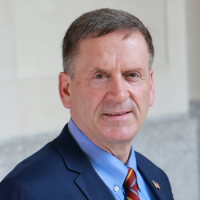

Africa Program
The Africa Program works to address the most critical issues facing Africa and US-Africa relations, build mutually beneficial US-Africa relations, and enhance knowledge and understanding about Africa in the United States. The Program achieves its mission through in-depth research and analyses, public discussion, working groups, and briefings that bring together policymakers, practitioners, and subject matter experts to analyze and offer practical options for tackling key challenges in Africa and in US-Africa relations. Read more

Explore More in Stubborn Things
Browse Stubborn Things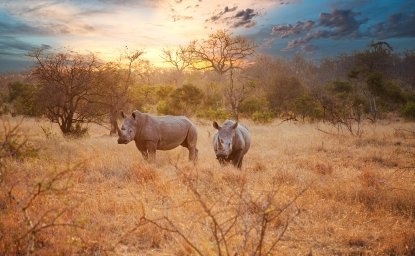
Spying on Poachers
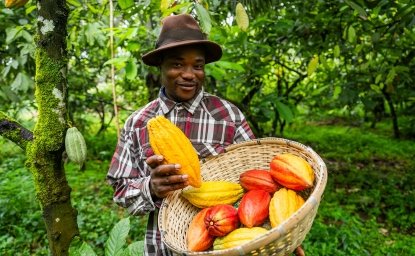
China and the Chocolate Factory
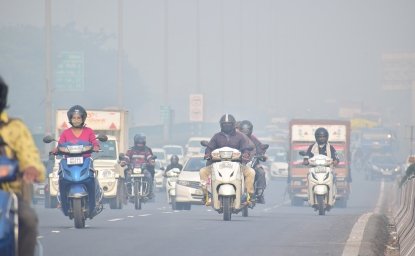
India: Economic Growth, Environmental Realities

